文博信息
2016年《世界遗产名录》新成员报道了! (二)
2016年《世界遗产名录》新成员报道了! (二)
7月15日,土耳其伊斯坦布尔——世界遗产委员会第四十次会议将五处提名地录入世界遗产名录。其中一处遗产地为跨国遗产地 (波斯尼亚和黑塞哥维那、克罗地亚、黑山、塞尔维亚),其他四处遗产地分别位于希腊、西班牙、土耳其和英国。
新增的五处世界遗产地分别是(按列入顺序排列):
1. Stecci--中世纪墓(波斯尼亚和黑塞哥维那,克罗地亚,黑山,塞尔维亚)
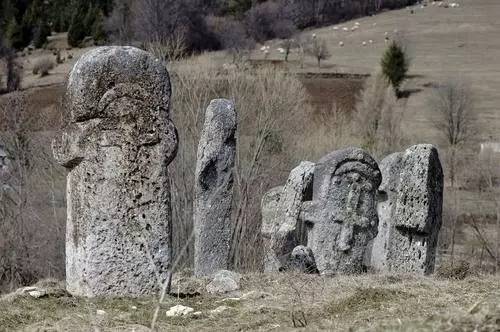
这一系列遗产地包含30处遗址,分别位于波斯尼亚和黑塞哥维那、塞尔维亚西部、黑山西部及克罗地亚中部和南部,它们代表着该区域独树一帜的中世纪墓地(stećci.)。这些墓地建造时间为12世纪至16世纪,依照欧洲中世纪传统成排布列。墓地所用石材大多为石灰岩,墓地中广泛使用的图形及铭文代表着中世纪欧洲的图像传承以及当地特色的文化传统。

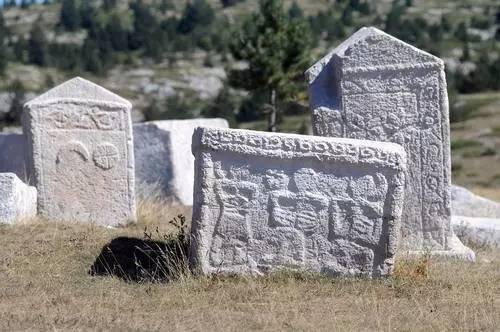
2. Philippi考古遗址 (希腊)
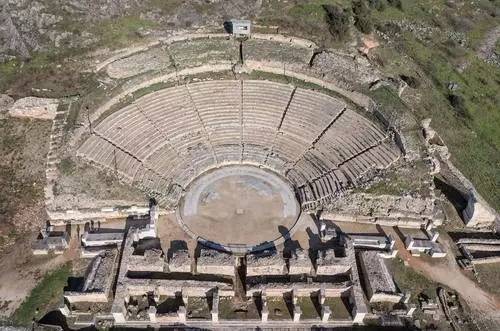
该遗产地位于今东马其顿和色雷斯区域的一座卫城脚下,该区域在古代经艾格纳提亚连接亚欧大陆。公元前356年,马其顿菲利普二世创立了这座城市,该城在罗马帝国建立的数十年,历经公元前42年的菲利普之战后发展成一座“小罗马”之城。城中除古罗马建筑外,例如古罗马广场,还可见古希腊剧院及葬礼所用庙宇(heroon)。公元前49年至50年,使徒保罗拜访了该城,使其在后来成为了基督教信仰的中心。城中教堂遗址充分证明了基督教早期建立的历史。
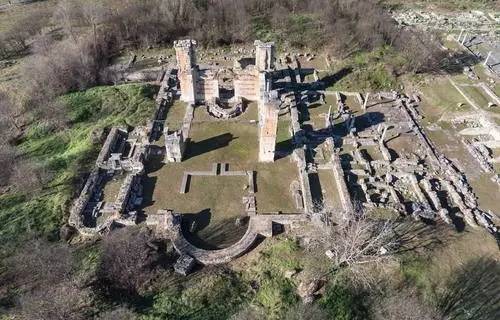
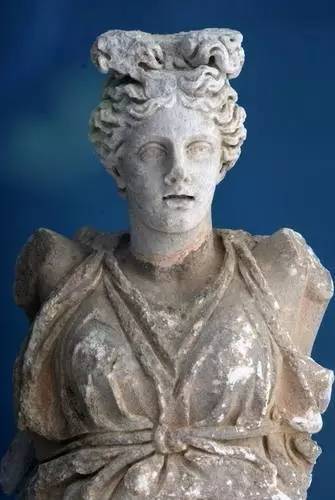
3. Antequera石坟遗址(西班牙)
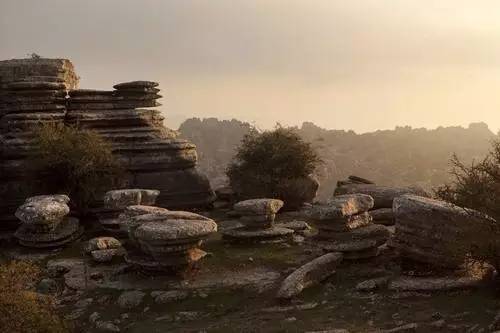
地处西班牙南部安达卢西亚的中心,该遗址由三大巨石石坟(the Menga and Viera dolmens and the Tolos of El Romeral)及两大自然石坟(the Peña de los Enamorados and El Torcal mountainous formations)组成,两大自然石坟为其标志性的遗址。这些由巨大石块建造而成的石坟可追溯至新石器时代及青铜器时代,并形成了过梁屋顶和炮塔式的遗址。被其原始的土制古坟埋于地下后,这三大石坟成为了欧洲史前最为卓越的建筑作品之一并充分地验证了欧洲巨石文化。


4. 阿尼考古遗址(土耳其)
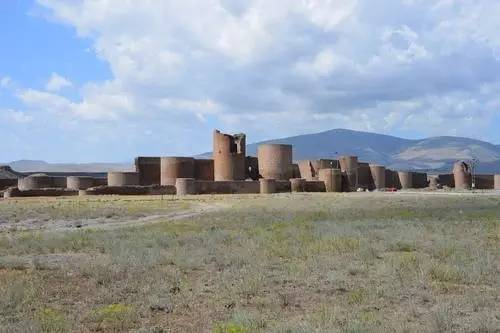
阿尼古城位于土耳其东北部高原地区,毗邻亚美尼亚。这座中世界古城由住宅、宗教、军事建筑组成,几百年来历经基督教和穆斯林统治, 具有中世纪城镇风格。该遗产地在公元10世纪和11世纪时期成为中世纪Bagratides亚美尼亚王国的首都,并从控制丝绸之路的支路获益。随后,在拜占庭、塞尔柱和格鲁吉亚的统治下,它维持了其商路交叉口的重要地位。然而,随后的蒙古入侵和1319年大地震见证了其衰败的开端。该遗产地通过其公元7世纪至13世纪期间各式各样风格的建筑创新向世人呈现了该地区中世纪建筑的演化历程。
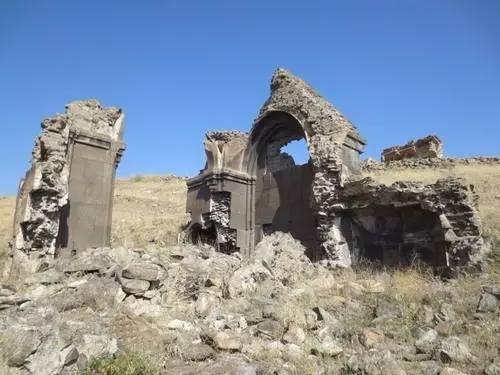

5. 直布罗陀尼安德罗岩洞及其周边环境(英国)
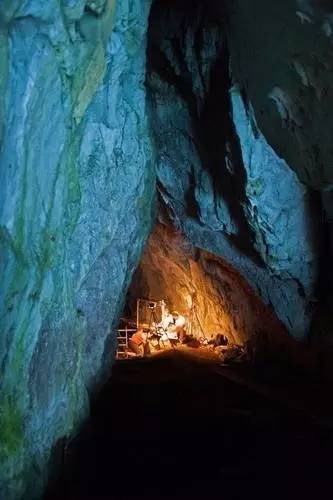
直布罗陀岩东部矗立着陡峭的石灰岩悬崖,这里的四个岩洞为尼安德特人对其125,000多年占领历史提供了考古和古生物学证据。捕鸟打鱼为食、使用羽毛作为装饰及岩洞内抽象雕刻的痕迹都见证了尼安德特的传统文化。 对这一遗产地的科学研究对尼安德特人与人类进化这一议题的讨论做出了巨大的贡献。
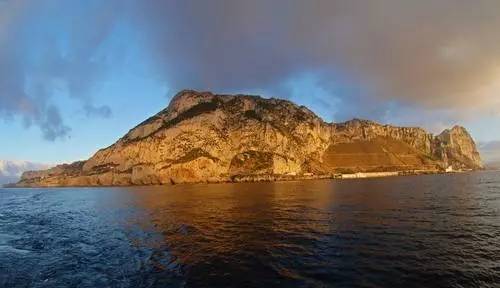
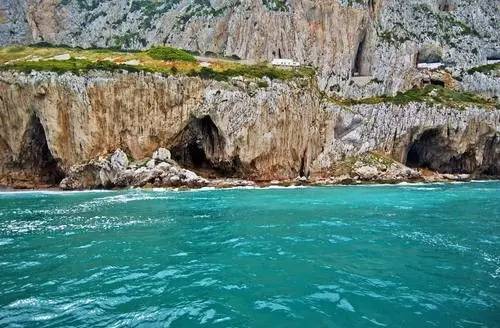
Istanbul, Turkey, 15 July—The World Heritage Committee inscribed five new sites on the World Heritage List this afternoon. One of the new sites, a transboundary property, is located in Bosnia and Herzegovina, Croatia, Montenegro, Serbia, the others are in Greece, Spain, Turkey and the United Kingdom.
The new sites, in the order of their inscription, are:
Stećci – Medieval Tombstones Graveyards (Bosnia and Herzegovina, Croatia, Montenegro, Serbia) – This serial property combines 30 sites, located in Bosnia and Herzegovina, western Serbia, western Montenegro and central and southern Croatia, representing these cemeteries and regionally distinctive medieval tombstones, or stećci. The cemeteries, which date from the 12th to 16th centuries CE, are laid out in rows, as was the common custom in Europe from the Middle Ages. The stećci are mostly carved from limestone. They feature a wide range of decorative motifs and inscriptions that represent iconographic continuities within medieval Europe as well as locally distinctive traditions.
Archaeological Site of Philippi (Greece) – The remains of this walled city lie at the foot of an acropolis in the present-day region of Eastern Macedonia and Thrace, on the ancient route linking Europe and Asia, the Via Egnatia. Founded in 356 BC by the Macedonian King Philip II, the city developed as a “small Rome” with the establishment of the Roman Empire in the decades following the Battle of Philippi, in 42 BCE. The Hellenistic theatre and funerary heroon (temple) were supplemented with Roman buildings such as the forum. Later the city became a centre of the Christian faith following the visit of the Apostle Paul in 49-50 CE. The remains of its basilicas constitute an exceptional testimony to the early establishment of Christianity.
Antequera Dolmens Site (Spain) – Located at the heart of Andalusia in southern Spain, the site comprises three megalithic monuments: the Menga and Viera dolmens and the Tolos of El Romeral, and two natural monuments: the Peña de los Enamorados and El Torcal mountainous formations, which are landmarks within the property. Built during the Neolithic and Bronze Age out of large stone blocks, these monuments form chambers with lintelled roofs or false cupolas. These three tombs buried beneath their original earth tumuli, are one of the most remarkable architectural works of European prehistory and one of the most important examples of European Megalithism.
Archaeological Site of Ani (Turkey) – This site is located on a secluded plateau of northeast Turkey overlooking a ravine that forms a natural border with Armenia. This medieval city combines residential, religious and military structures, characteristic of a medieval urbanism built up over the centuries by Christian and then Muslim dynasties. The city flourished in the 10th and 11th centuries CE when it became the capital of the medieval Armenian kingdom of the Bagratides and profited from control of one branch of the Silk Road. Later, under Byzantine, Seljuk, and Georgian sovereignty, it maintained its status as an important crossroads for merchant caravans. The Mongol invasion and a devastating earthquake in 1319 marked the beginning of the city’s decline. The site presents a comprehensive overview of the evolution of medieval architecture through examples of almost all the different architectural innovations of the region between the 7th and 13th centuries CE.
Gorham's Cave Complex (United Kingdom) – The steep limestone cliffs on the eastern side of the Rock of Gibraltar contain four caves with archaeological and paleontological deposits that provide evidence of Neanderthal occupation over a span of more than 125,000 years. This exceptional testimony to the cultural traditions of the Neanderthals is seen notably in evidence of the hunting of birds and marine animals for food, the use of feathers for ornamentation and the presence of abstract rock engravings. Scientific research on these sites has already contributed substantially to debates about Neanderthal and human evolution.
